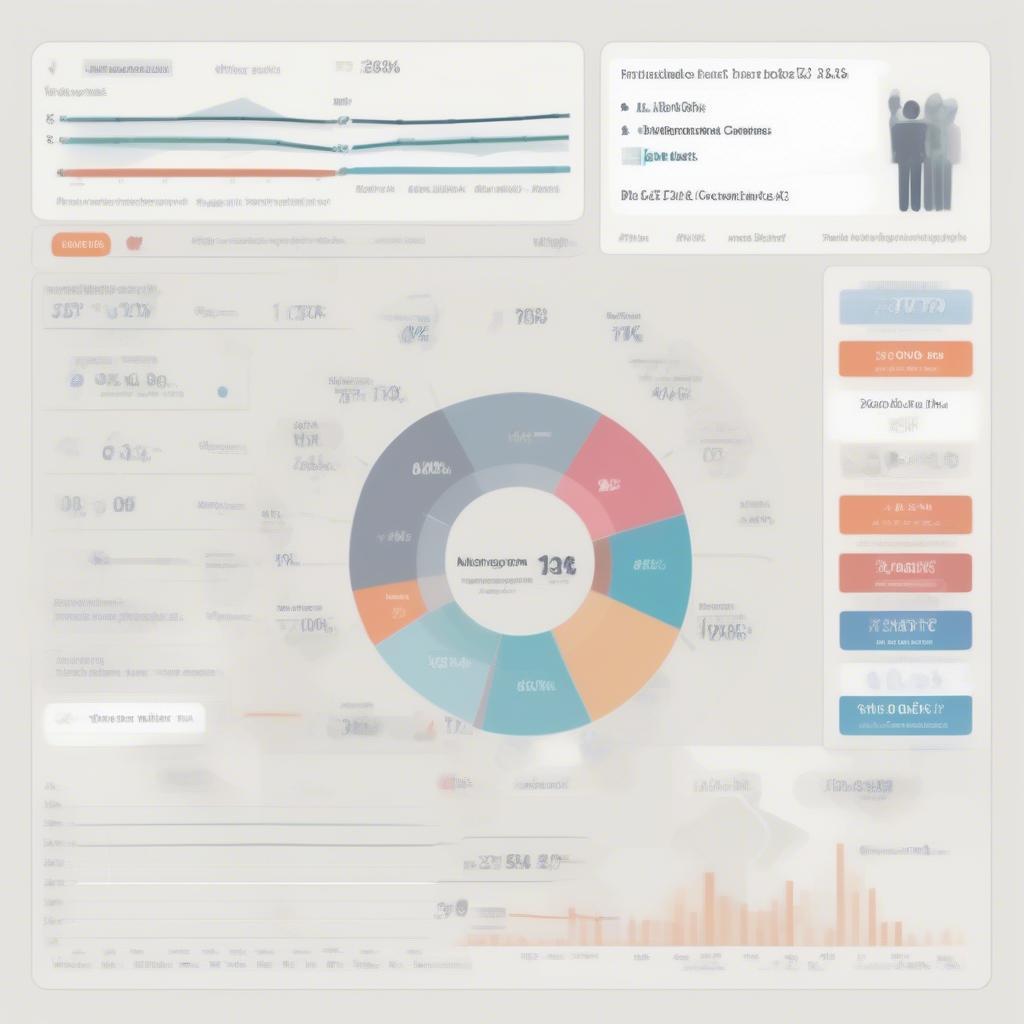The question of who is the most popular athlete on social media is a complex one, with the answer constantly shifting due to the dynamic nature of online platforms. Popularity can be measured in various ways, including total follower count, engagement rate, and media mentions. However, one thing remains consistent: the immense power and influence athletes wield in the digital age. These individuals are not just sports stars; they are global brands, cultural icons, and powerful voices capable of reaching millions, even billions, with a single post. This article will delve into the factors that contribute to an athlete’s social media success and highlight some of the contenders for the title of the most popular athlete online.
Table Content:
Factors Contributing to Social Media Popularity
Several key factors contribute to an athlete’s social media dominance. Athletic performance plays a significant role, as winning championships and breaking records often translates into increased media attention and fan following. However, personality and charisma are equally important. Athletes who are engaging, authentic, and willing to share glimpses into their personal lives tend to resonate more with fans. Cristiano Ronaldo, for instance, is known for his carefully curated online persona, showcasing both his athletic achievements and his family life. This blend of professional and personal content allows fans to connect with him on a more human level. Another crucial element is the strategic use of social media platforms. Understanding the nuances of each platform – be it Instagram for visual storytelling, Twitter for real-time updates, or TikTok for short-form video content – is vital for maximizing reach and engagement.
 Cristiano Ronaldo's Instagram Feed Shows His Influence
Cristiano Ronaldo's Instagram Feed Shows His Influence
The Contenders for the Social Media Crown
While pinpointing the single most popular athlete is challenging, several names consistently top the list. Soccer superstar Cristiano Ronaldo, with his staggering follower counts across multiple platforms, is often considered the frontrunner. His consistent online presence, engaging content, and global appeal have solidified his position as a social media giant. Lionel Messi, another soccer icon, is a close competitor, boasting a similarly massive and dedicated fanbase. Beyond soccer, LeBron James in basketball and Virat Kohli in cricket have also garnered immense social media followings, leveraging their platforms to engage with fans and advocate for social causes. These athletes understand the power of their voice and use it to connect with audiences beyond the realm of sports.
 Comparing Social Media Followers of Top Athletes
Comparing Social Media Followers of Top Athletes
Beyond Follower Counts: Engagement and Influence
While follower count is a significant metric, engagement – likes, comments, shares – provides a deeper understanding of an athlete’s social media influence. An athlete with a smaller but highly engaged following might have more influence than one with a larger but less active audience. This is because engagement signifies a genuine connection with fans, indicating that the athlete’s content resonates deeply and prompts interaction. Moreover, the ability to drive conversations, set trends, and influence public opinion are crucial indicators of true social media power. For instance, athletes using their platforms to raise awareness about social justice issues or promote charitable causes demonstrate the transformative potential of social media influence. This is similar to how successful politicians leverage their platforms, as discussed in Who is the most successful politician?. Their impact extends far beyond the sports arena.
The Evolving Landscape of Athlete Influence
The landscape of social media is constantly evolving, with new platforms emerging and existing ones adapting to changing user behaviors. This necessitates a continuous evolution in how athletes approach their online presence. Staying relevant requires adaptability, creativity, and a deep understanding of the digital space. The future of athlete influence on social media will likely be shaped by factors such as the rise of short-form video content, the growing importance of authenticity, and the increasing use of social media for social activism and brand building. Athletes who can effectively navigate these changes and connect with their fans in meaningful ways will continue to reign supreme in the digital realm. This mirrors the evolution of celebrity and how they maintain relevance, as discussed in Who is the best-known celebrity?.
Conclusion
Determining who is the most popular athlete on social media requires a nuanced understanding of various metrics and the dynamic nature of online platforms. While follower counts provide a snapshot of popularity, engagement and influence offer a deeper insight into an athlete’s true social media power. As athletes continue to leverage these platforms to connect with fans, build their brands, and advocate for causes they believe in, their influence will only continue to grow. The question of who is the most popular will remain a subject of ongoing debate, but the impact of athletes on the social media landscape is undeniable. Just like understanding who shaped significant historical events, like those involved in the Emancipation Proclamation discussed in who was involved in the emancipation proclamation other than lincoln, understanding who holds influence on social media today is crucial. Their digital presence shapes public opinion and reflects the evolving relationship between sports, media, and society. Understanding who these influential athletes are provides valuable insight into the cultural landscape of our time.
